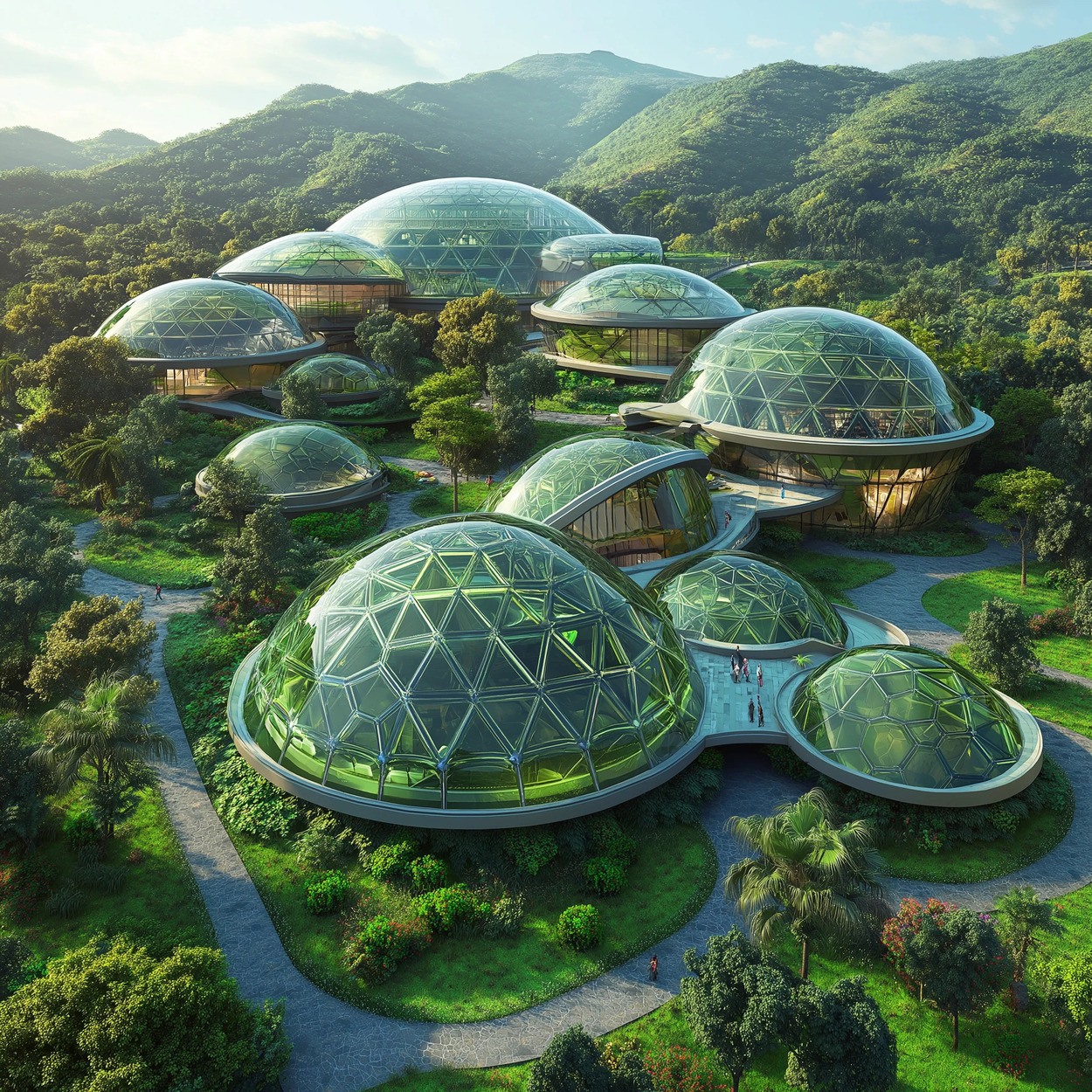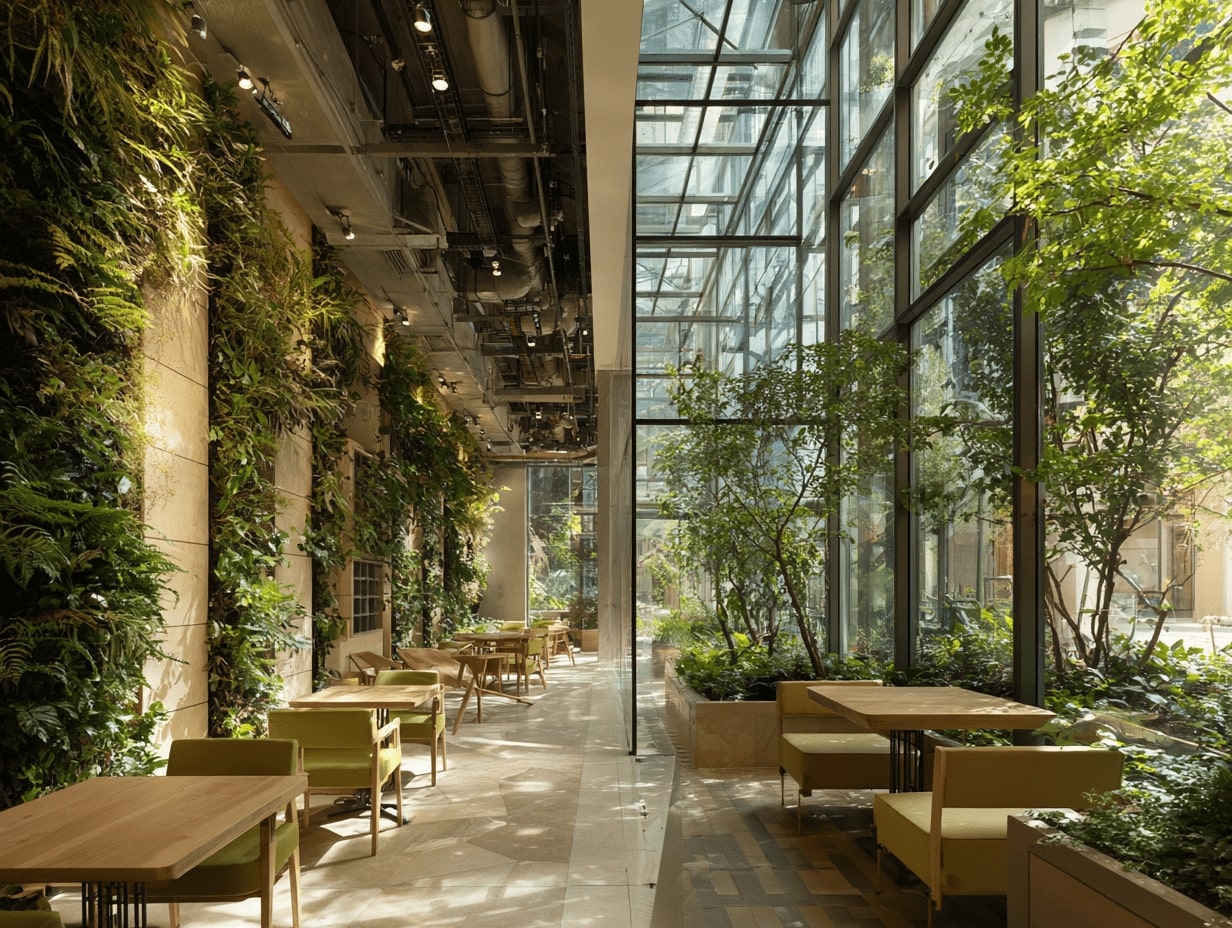- Home
- Articles
- Architectural Portfolio
- Architectral Presentation
- Inspirational Stories
- Architecture News
- Visualization
- BIM Industry
- Facade Design
- Parametric Design
- Career
- Landscape Architecture
- Construction
- Artificial Intelligence
- Sketching
- Design Softwares
- Diagrams
- Writing
- Architectural Tips
- Sustainability
- Courses
- Concept
- Technology
- History & Heritage
- Future of Architecture
- Guides & How-To
- Art & Culture
- Projects
- Interior Design
- Competitions
- Jobs
- Store
- Tools
- More
- Home
- Articles
- Architectural Portfolio
- Architectral Presentation
- Inspirational Stories
- Architecture News
- Visualization
- BIM Industry
- Facade Design
- Parametric Design
- Career
- Landscape Architecture
- Construction
- Artificial Intelligence
- Sketching
- Design Softwares
- Diagrams
- Writing
- Architectural Tips
- Sustainability
- Courses
- Concept
- Technology
- History & Heritage
- Future of Architecture
- Guides & How-To
- Art & Culture
- Projects
- Interior Design
- Competitions
- Jobs
- Store
- Tools
- More
Top 10 Design Trends in 2024: Embrace Inclusivity, Nature, and Innovation

As we step into 2024, the world of interior design is buzzing with fresh ideas and innovative trends. It’s all about making our homes cozier, more colorful, and a true reflection of our personalities. From lush greenery and earthy tones to playful decor and eco-friendly materials, this year’s trends are set to transform our living spaces into vibrant, soothing sanctuaries.
We’re seeing a significant shift towards nature-inspired designs, with sustainability taking center stage. Mustard and olive hues, reminiscent of the retro era, are making a comeback, adding a warm, nostalgic feel to modern interiors. Whether you’re planning a major renovation or just refreshing a room, these top 10 design trends for 2024 will inspire you to create a home that’s both stylish and sustainable.
Table of Contents
ToggleExploring the Top 10 Design Trends in 2024
1. Inclusive and Diverse Visuals
Our design landscape is embracing inclusivity and diversity more than ever. Designers incorporate visual elements that celebrate a broad spectrum of races, ethnicities, genders, abilities, and body types. This trend is evident in updates like Google’s emoji library, which now includes a wider range of skin tones, hairstyles, and gender expressions.
2. Environmental and Nature-Inspired Designs
With rising awareness of environmental issues, nature-inspired designs are back in vogue. People are not just adding green hues; they’re integrating natural textures and patterns into their spaces. Look for designs that feature sustainable materials and elements like wood, stone, and botanical prints.

3. Advanced 3D and Hyper-Surrealism
2024’s design realm sees a surge in advanced 3D and hyper-surrealistic elements. These techniques create immersive experiences, with futuristic cityscapes and objects that seemingly leap off the page. This trend injects an element of fantasy and innovation, breaking traditional design boundaries.
4. Revival of Retro and Nostalgic Elements
Nostalgia takes center stage in 2024, with retro designs making a significant comeback. Think of vintage lighting fixtures from the ’50s or glass bricks reminiscent of the ’80s and ’90s, now stylishly used in modern spaces. These elements evoke a sense of familiarity and charm.
5. Bold and Experimental Typography
Typography is breaking the mold with bold and experimental designs. Artists are playing with size, shape, and placement to create eye-catching text that serves as both communication and decoration. This trend adds a dramatic flair to both digital and print mediums.

6. Maximalism with Rich, Layered Textures
Maximalism embraces opulence with rich, layered textures. Designs feature an array of patterns, materials, and colors to create visually dynamic spaces. This trend is perfect for those who enjoy bold statements and luxurious aesthetics.
7. Smart and Integrated Home Design
Integrated home design leverages smart technology for a cohesive living experience. Think of automated lighting, climate control, and security systems that blend seamlessly with your home’s aesthetic. This trend emphasizes convenience and connectivity, making everyday living smarter.
8. New Age of Digital and AI Enhancements
Digital and AI advancements are revolutionizing design. From AI-generated art to virtual interior design consultations, technology offers innovative solutions that were previously unimaginable. These enhancements streamline processes and open up creative possibilities.
9. Minimalism and Serene Simplicity
Despite the rise of maximalism, minimalism continues to appeal with its serene simplicity. Clean lines, neutral color palettes, and clutter-free spaces create an atmosphere of tranquility. This trend emphasizes the beauty of simplicity and functional elegance.
10. Vibrant and Expressive Color Schemes
Expressive color schemes bring vibrancy to design in 2024. Bold candy-style stripes, and bright yellows, as seen in projects like Estelle Manor, are becoming popular. These colors add energy and optimism to any space, creating a lively and welcoming environment.

How These Trends Influence Modern Design Practices
Sustainable Design Approaches
Sustainable design approaches highlight the increasing awareness and preference for eco-friendly materials and energy-efficient solutions. We’ve seen rising interest in repurposing existing materials and integrating renewable resources like bamboo and recycled wood. This trend aligns with growing environmental consciousness, making it crucial for designers to consider the life cycle and carbon footprint of their creations. Notably, adopting sustainable practices isn’t just an ethical choice; it’s becoming a market demand as consumers prioritize sustainability in their lifestyles.
Enhancing User Experience Through Technology
Innovations in technology significantly enhance user experience, making it an integral part of modern design practices. Tools like AI and AR allow us to create more immersive, interactive designs. For instance, advanced design software enables precise simulations, helping us visualize end results before implementation. Additionally, smart home integration is transforming how people interact with their living spaces, offering personalized comforts and conveniences. By leveraging technology, we not only streamline the design process but also ensure that the final product meets the specific needs and preferences of users.
Cultural Impact on Design Evolution
Cultural influences play a pivotal role in the evolution of design trends. The resurgence of retro aesthetics, for example, reflects a collective nostalgia and a desire to connect with the past. At the same time, global influences bring diverse cultural elements into contemporary design, enriching our creative palette. The integration of traditional motifs with modern elements creates a unique fusion that appeals to a broader audience. Understanding cultural dynamics enables us to craft designs that are not only visually compelling but also resonate deeply with people’s identities and values.

Conclusion
In 2024, the design trends showcase a vibrant mix of retro and contemporary aesthetics. Inclusivity thrives through adaptive interfaces, making websites and apps accessible to all users. Nature-inspired designs bring the outdoors in, utilizing organic textures, plant motifs, and earth-tone color palettes to create serene environments.
We see advanced 3D elements redefining visual content, adding depth and realism that captivate users. The resurgence of retro aesthetics integrates 8-bit pixel styles, polaroid-inspired textures, and whimsical fonts to evoke nostalgia. Bold typography stands out as a powerful tool for grabbing attention and reinforcing brand messages.
Maximalism dominates with layered visuals, eclectic color schemes, and dynamic compositions, contrasting the still-present minimalism that champions clean, uncluttered designs. Smart home integration revolutionizes interior design, blending style and functionality seamlessly.
Digital and AI enhancements continue to push creative boundaries, incorporating AR, VR, and AI-driven customizations that offer personalized user experiences. Eco-conscious design practices prioritize sustainable materials and energy-efficient solutions, addressing environmental concerns head-on.
Vibrant color schemes are set to invigorate spaces, with vivid hues fostering creativity and positivity. These color choices enhance mood and bring a sense of dynamism to various design elements.
The design landscape for 2024 represents a harmony of simplicity and complexity, innovation, and tradition. Through adaptive interfaces, natural elements, 3D visuals, retro styles, bold typography, maximalism, smart home designs, digital advancements, minimalism, and vibrant colors, we anticipate a future where design is more inclusive, visually engaging, and environmentally considerate.
A licensed architect with hands-on studio experience, I translate complex design ideas into clear, engaging stories for a global audience. As a seasoned content writer and editor, I craft articles, project features, and thought-leadership pieces that illuminate emerging technologies, sustainable practices, and cutting-edge design trends—always with an architect’s eye for detail, accuracy, and narrative flow. My goal is to bridge practice and publication, giving fellow professionals and curious readers alike the insight and inspiration they need to push architectural boundaries.
Submit your architectural projects
Follow these steps for submission your project. Submission FormLatest Posts
Eco-Friendly Floor Coverings: Smart Choices for a Greener Home
Eco-friendly floor coverings made simple: discover sustainable materials, trusted certifications, and room-by-room...
What are Biodomes?
Biodomes are transforming architecture by blending ecological science with advanced design to...
The Quiet Revolution of Biophilic Design
Biophilic design is reshaping homes, workplaces, and cities—backed by evidence. Learn core...
Sustainable Solutions in Contemporary Architecture: From Passive Design to Clean Energy
Sustainable solutions in contemporary architecture: a practical playbook to hit net-zero, cut...












Leave a comment